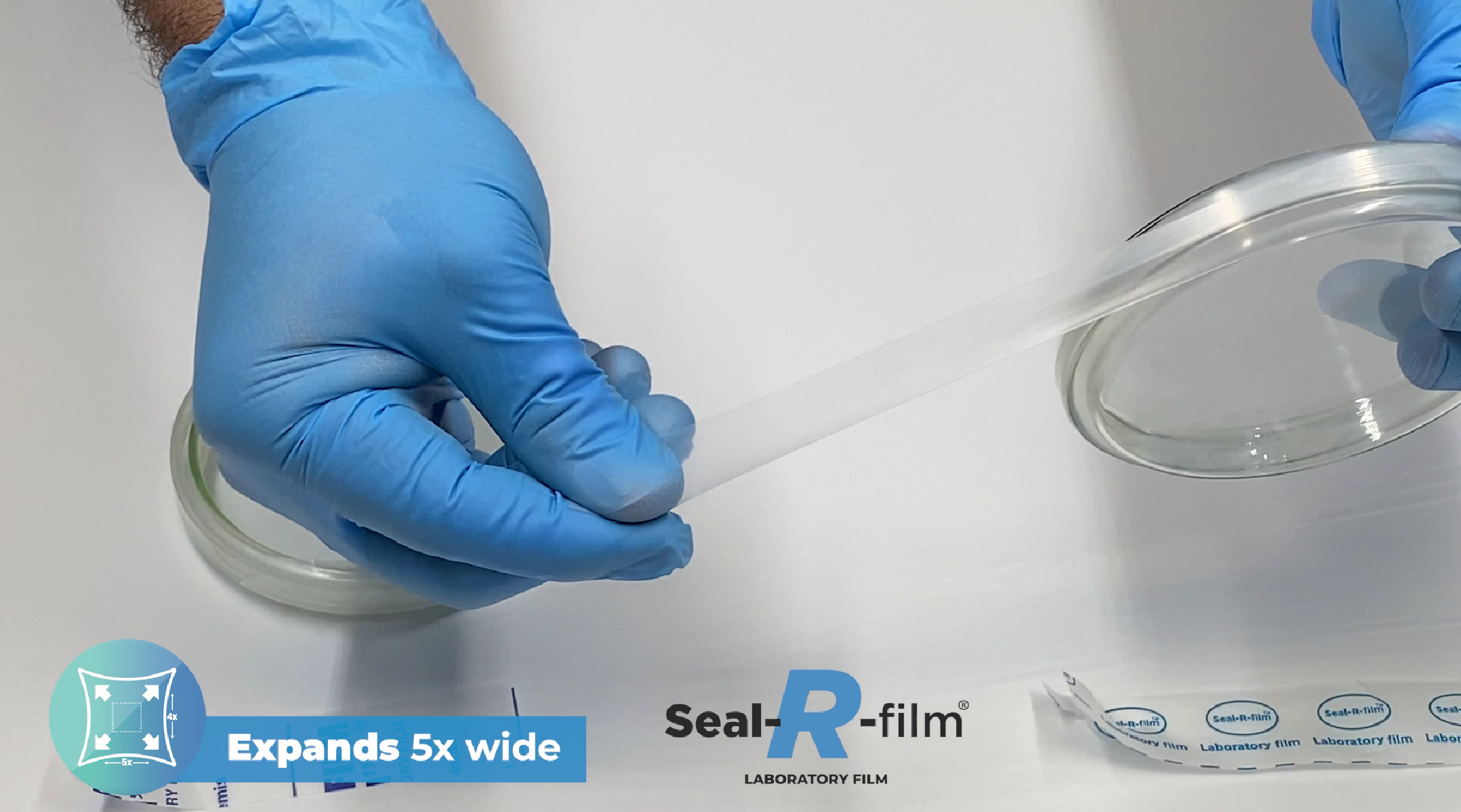Microbiology, the fascinating realm where microorganisms unveil their secrets through meticulously prepared Petri dishes. A successful assay begins with the proper handling of solid culture media, a precise dance of precautions ensuring reliable results. Here, we unravel the secrets to guarantee a trouble-free plating.
 Knowing the Media: Beyond the Initial Examples
Knowing the Media: Beyond the Initial Examples
The choice of culture media is key. From the classic Baird Parker for Staphylococcus aureus counting to MacConkey Agar for E. coli or XLD Agar for Salmonella, each serves as a specific canvas for different microbial life forms. Knowing the available media is essential for accurate and selective plating.
 First Lines of Defense: Avoiding Contamination
First Lines of Defense: Avoiding Contamination


 The Art of Drying: Key to Microbiological Success
The Art of Drying: Key to Microbiological Success

- Humidity is a critical factor for bacterial growth, so drying the plates correctly is essential.
- The precise selection of temperature and drying time is an art. The likelihood of contamination must remain low, and heating should not adversely affect the medium’s quality.
- Drying in a laminar flow hood, preferably with the agar side up, is the ideal option.
- Alternatively, if not possible, drying with the agar side down and the lid slightly ajar at controlled temperatures will ensure optimal results.

- If previously refrigerated plates are used, it is imperative to dry them shortly before use. The presence of condensation could compromise the integrity of the assay.
 Defensive Sealing: The Ultimate Barrier
Defensive Sealing: The Ultimate Barrier

- As a microbiology expert, I recommend sealing Petri dishes with Seal R film – sealing film. This final layer of protection acts as an additional physical barrier, preventing the entry of contaminants and ensuring the purity of the culture.
In conclusion, preparing Petri dishes is a precision ballet where every move counts. The combination of measures to avoid contamination, meticulous temperature control, and the art of drying will guarantee the success of your microbiological assay. Following these steps, you, as a microbiology expert, will be ready to unravel the mysteries that microorganisms have to offer.
Good luck in your next microbiological adventure!

